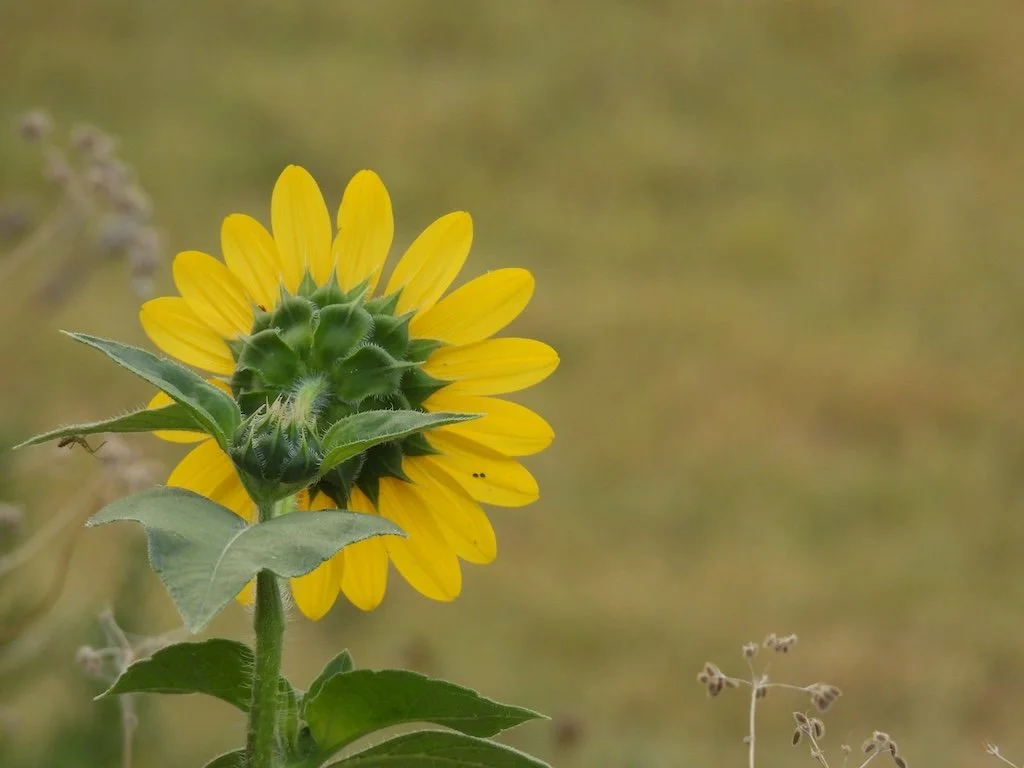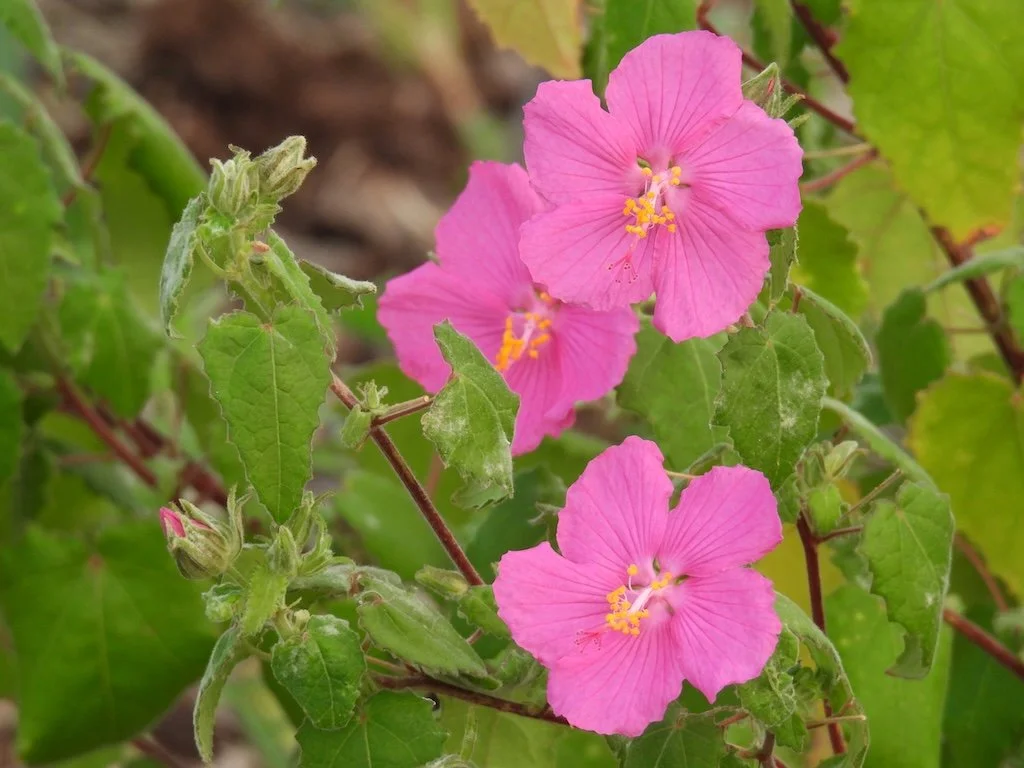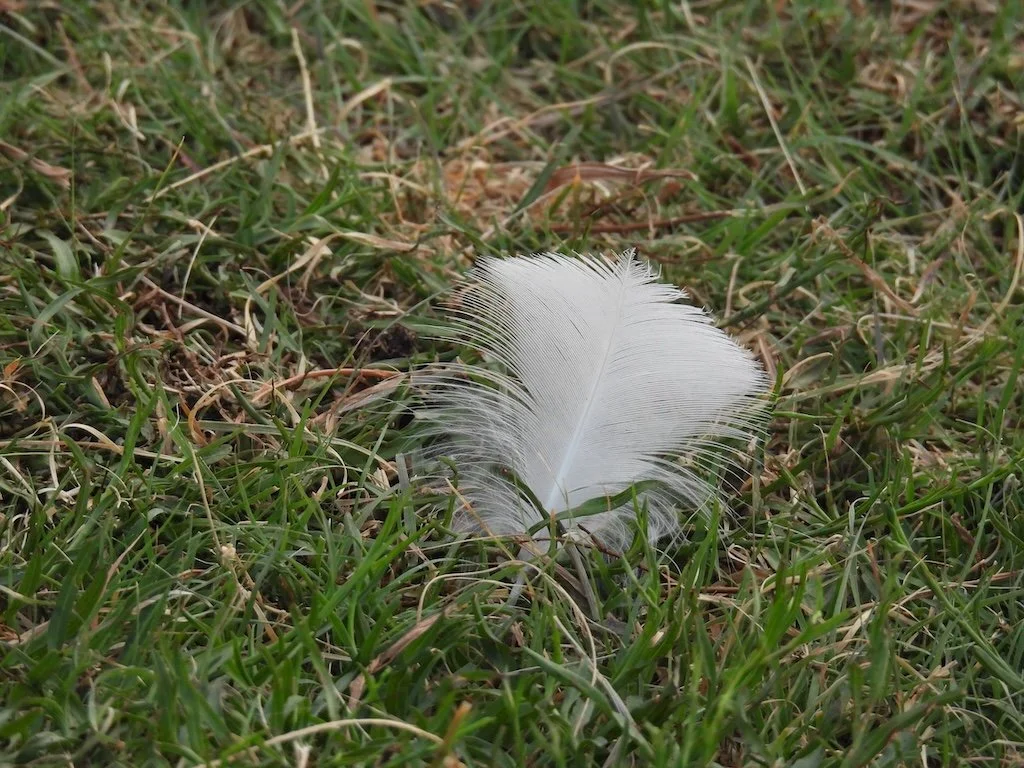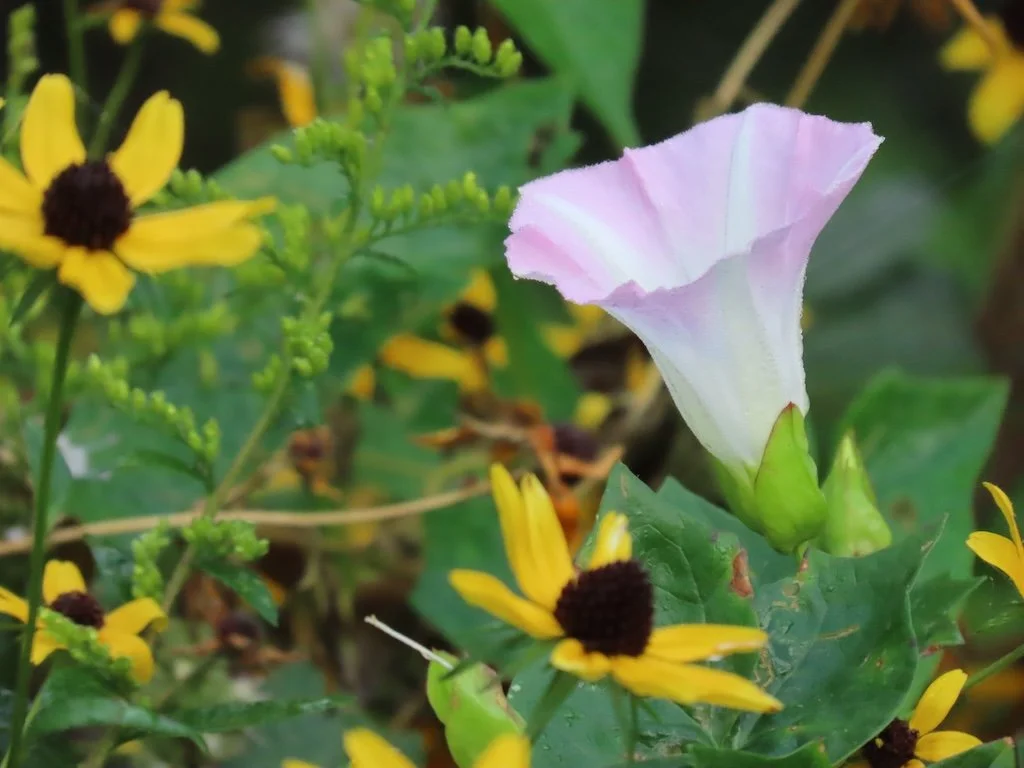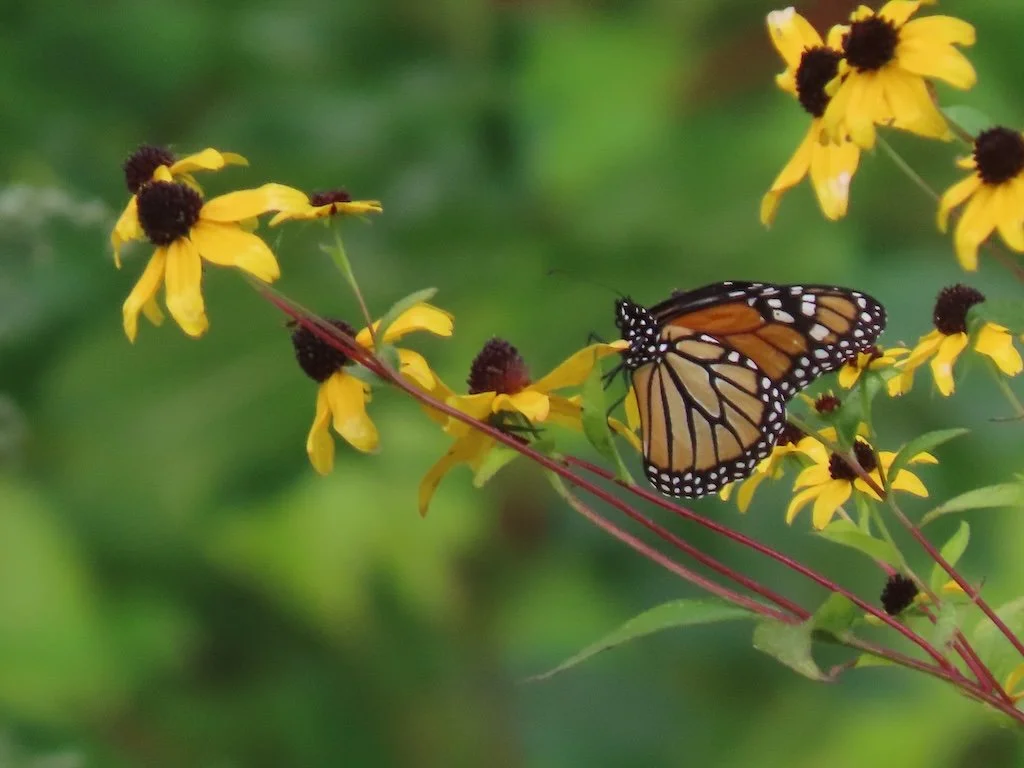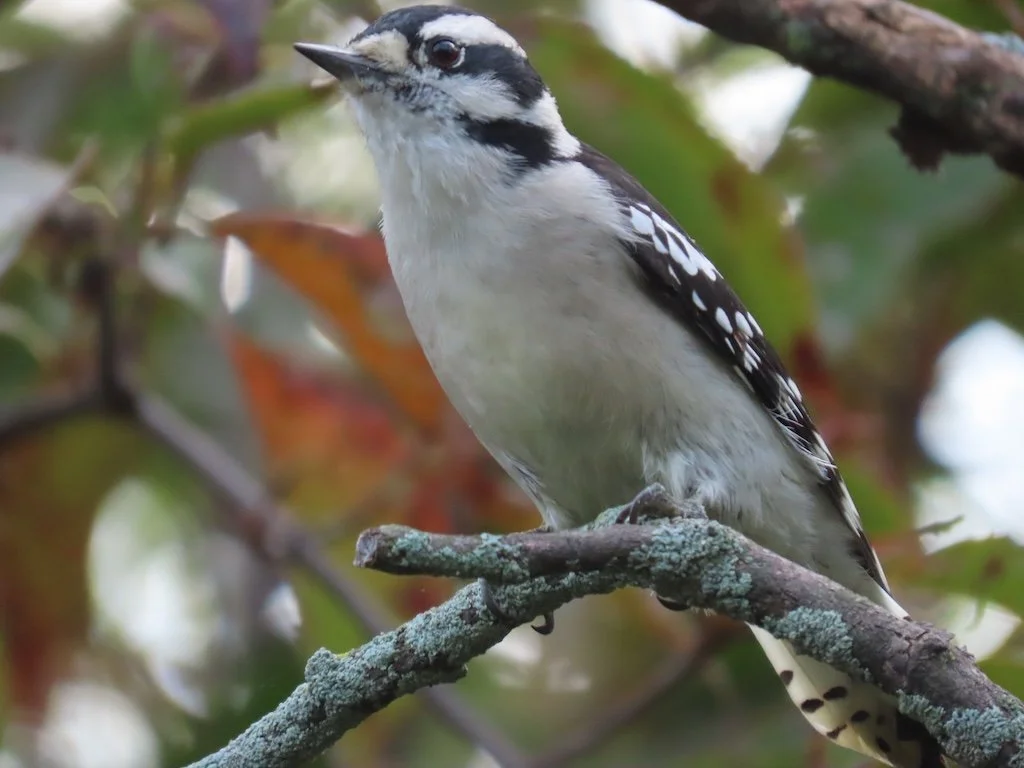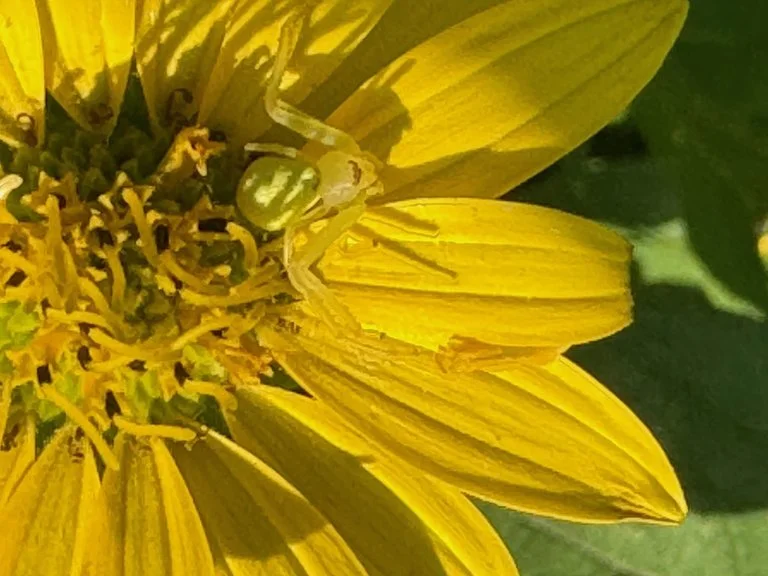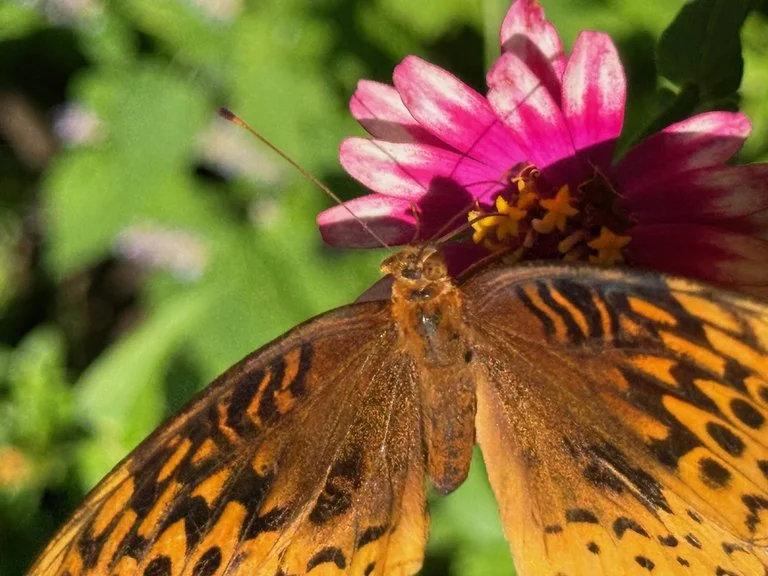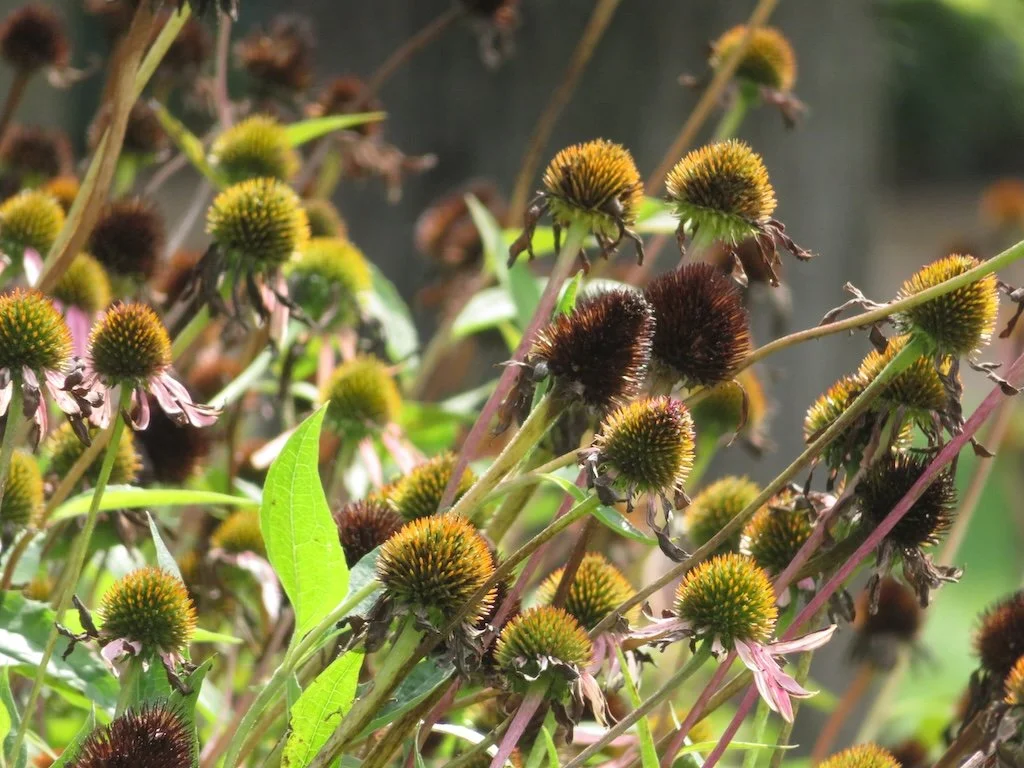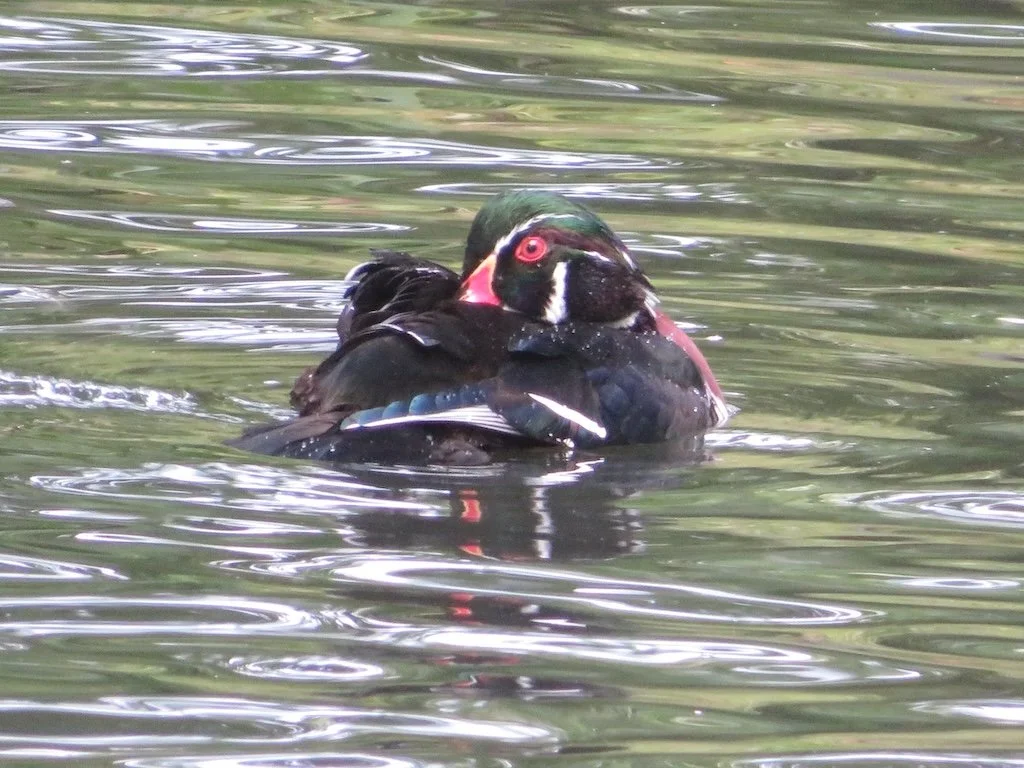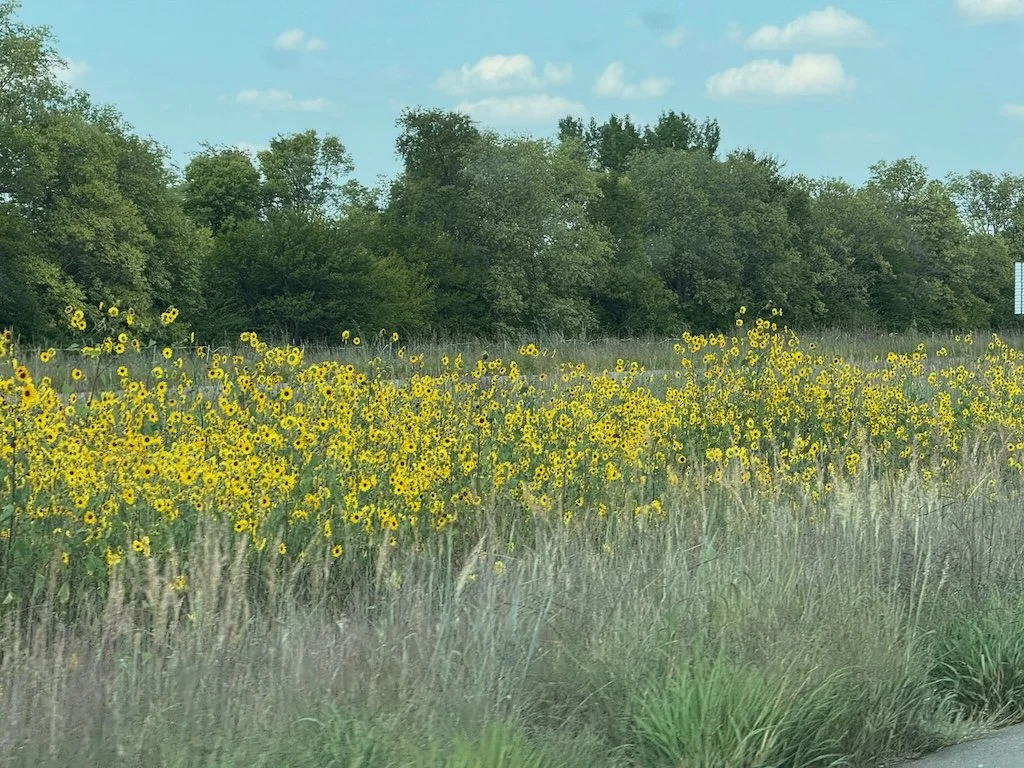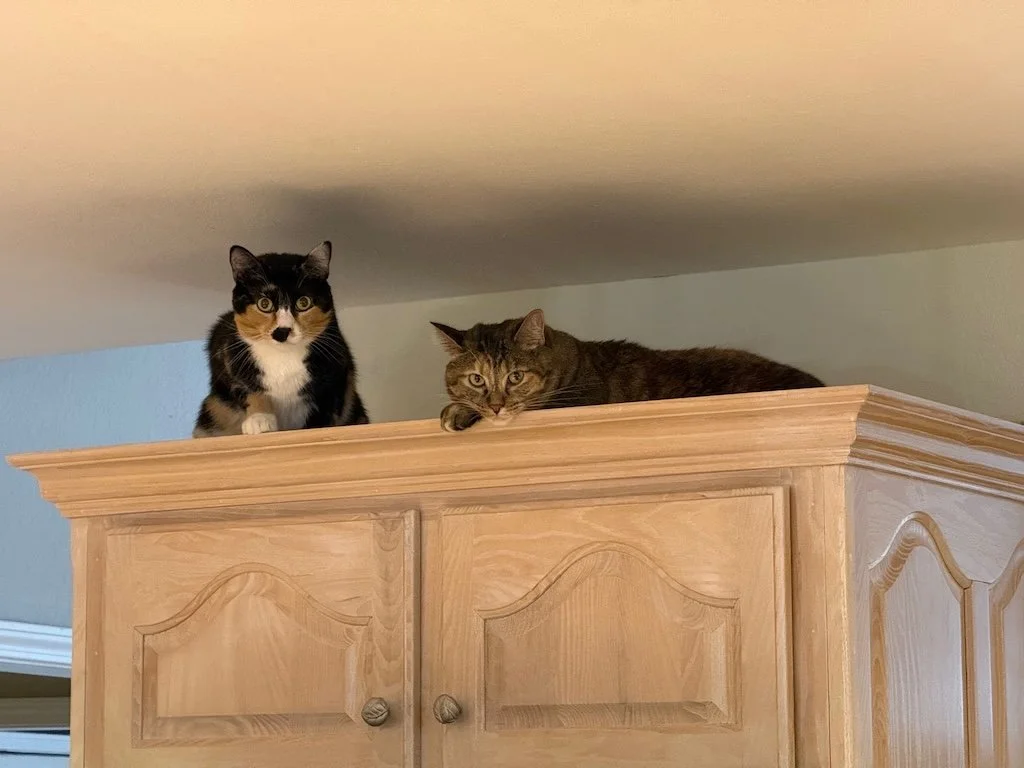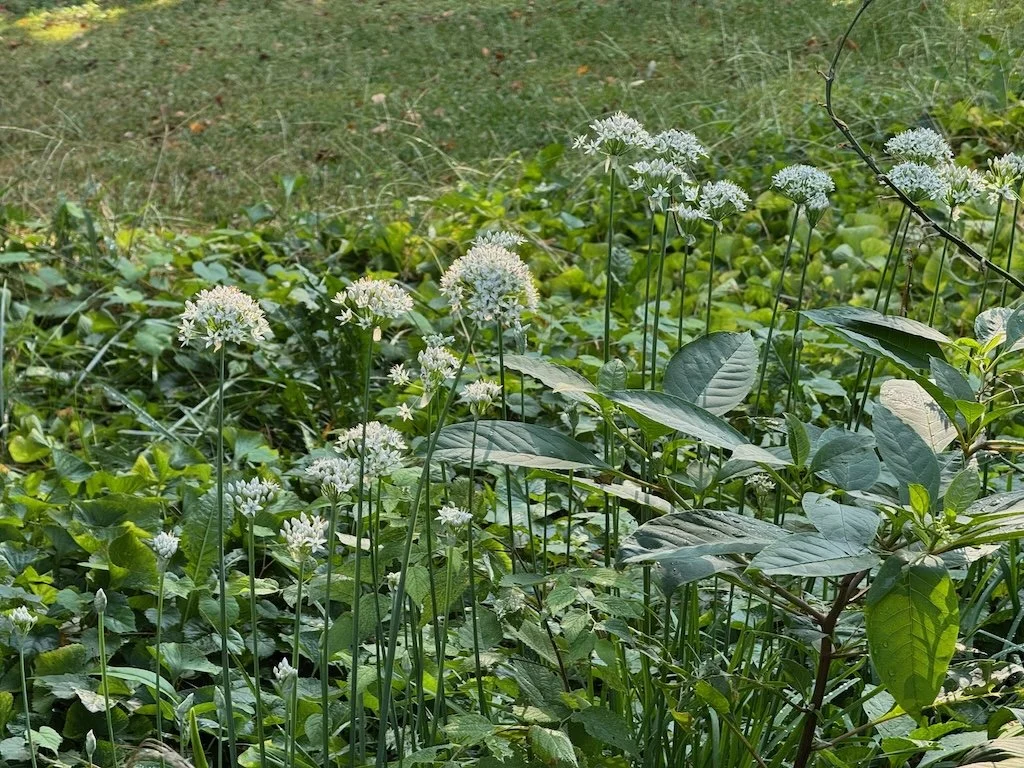Belmont Cemetery
/One of the stations on the 6th grade field trip to Belmont is at the cemetery not far from the Manor House. It was my station earlier this week; I walked out early to get everything set. The cemetery is situation on a gentle slope at the edge of the forest. Looking toward the Manor House, the trees on the grounds are large enough to almost hide the house. The cemetery was used by the family that owned the land from the late 1700s until the mid-1900s.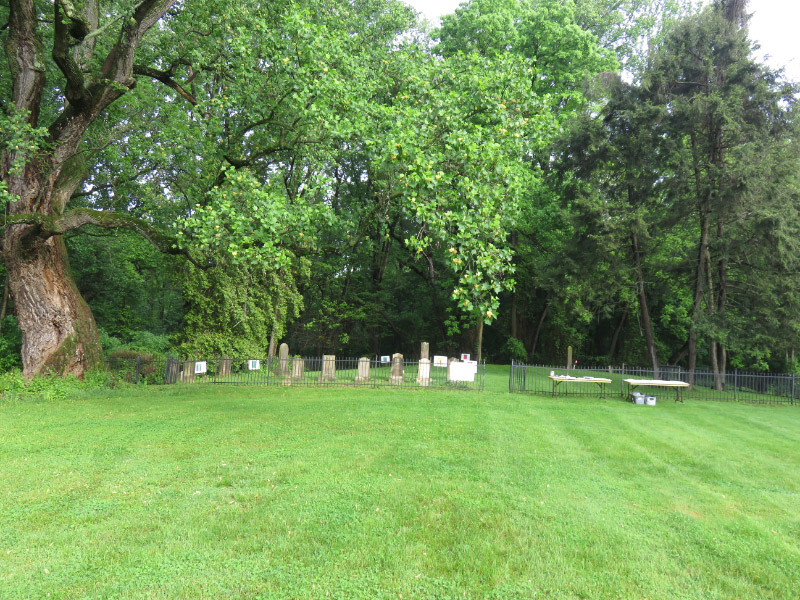
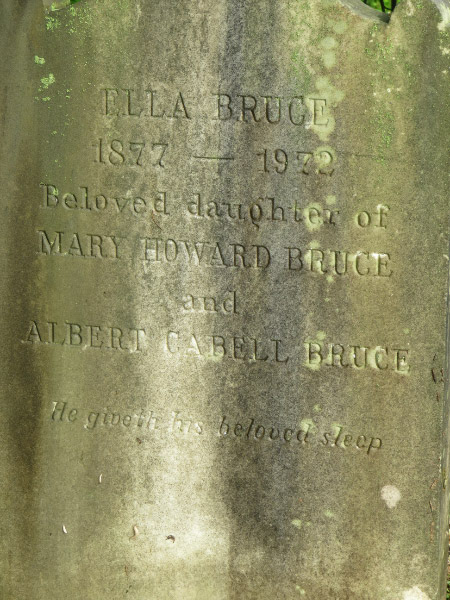 The longest lived person in the cemetery was 95 years old…and a relatively recent burial.
The longest lived person in the cemetery was 95 years old…and a relatively recent burial.
There was a baby that only survived a few weeks. The cemetery prompts discussion of history…of health care. There are also other topics. Note the difference in weathering of the stones between the one from 1922 and the one from 1972; the newer one (1972) looks more weathered --- different types of stones --- geology.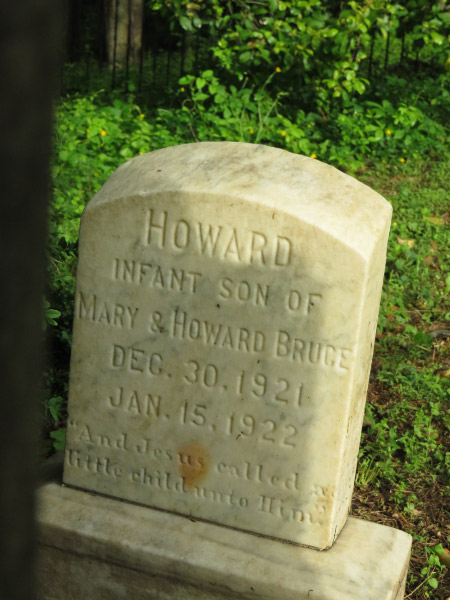
Another stone toward the back – a child 2 years old with a different last name than any other person in the cemetery. This child was a visitor from Baltimore that died at Belmont and buried in the cemetery in 1834. Her grandfather was Francis Scott Key – another link to history. This grave is toward the back and appears to be isolated but a survey with ground penetrating radar found graves in the open area in the center of the cemetery --- bringing up technology and archaeology.
Lichen growing on a stone that is old enough to be so weathered it cannot be easily read brings up biology and how rock is chemically weathered by the algal/fungi symbionts.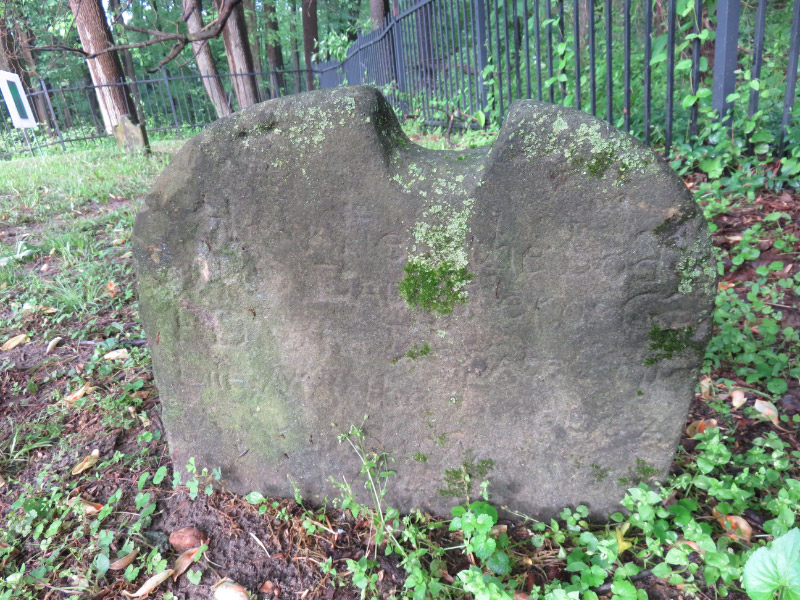
The very large (and old) Tulip Poplar tree just outside the cemetery’s fence is also something the students noticed.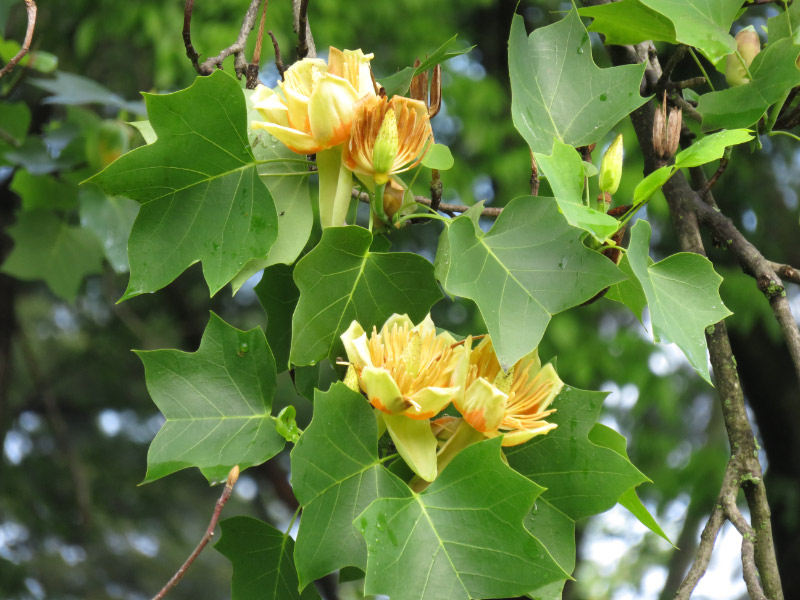
The buses were 20+ minutes later than expected so I had time for some bird observation as well. The blue birds, robins, and tree swallows were enjoying the mowed grass area in front of the cemetery.
Other posts about volunteering at Belmont this month:

